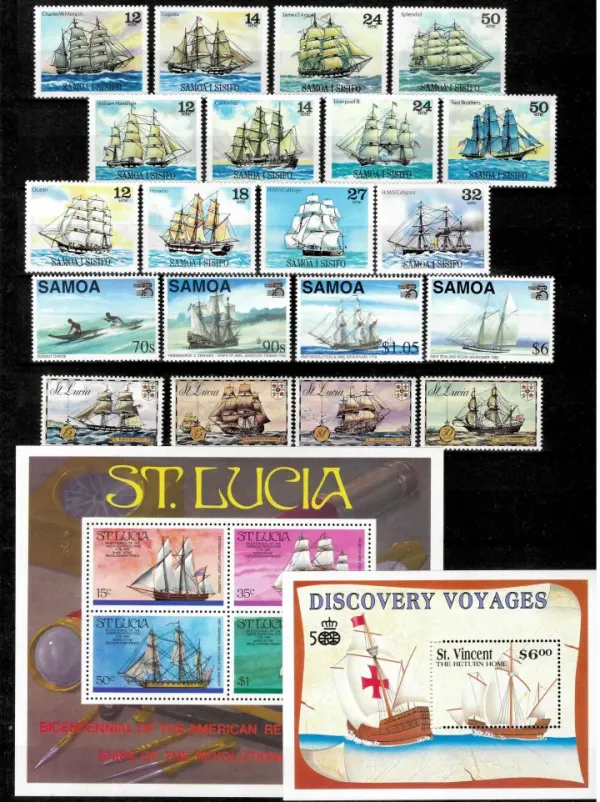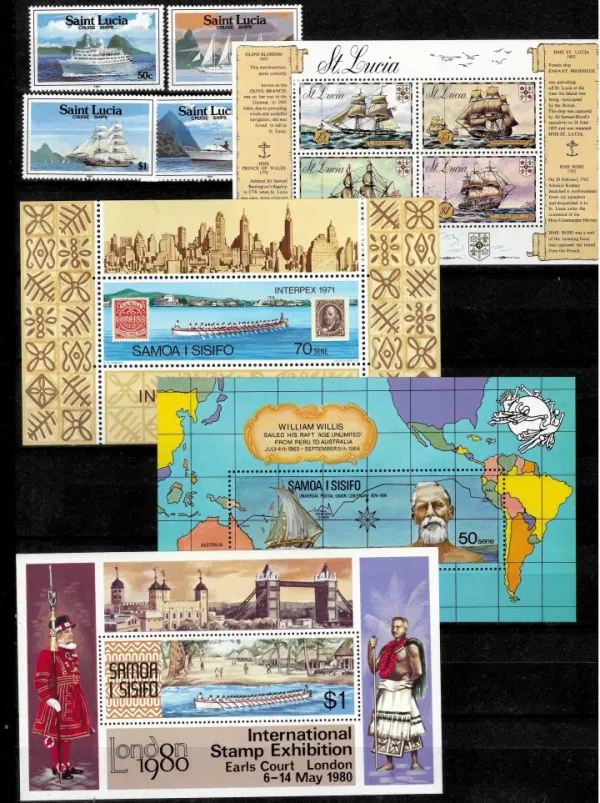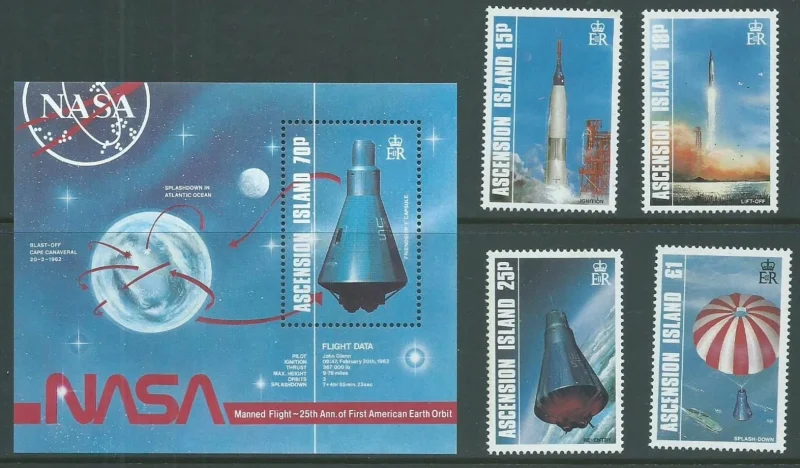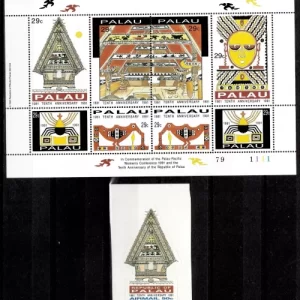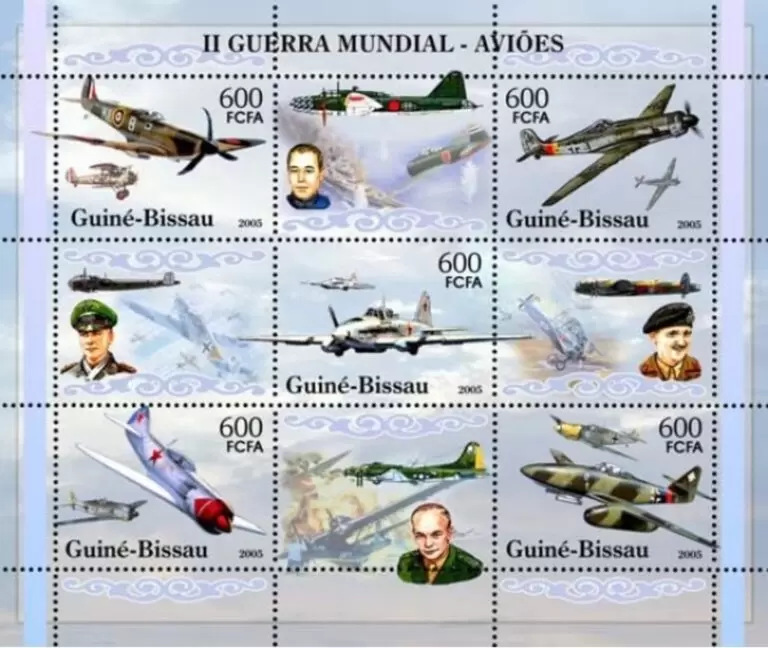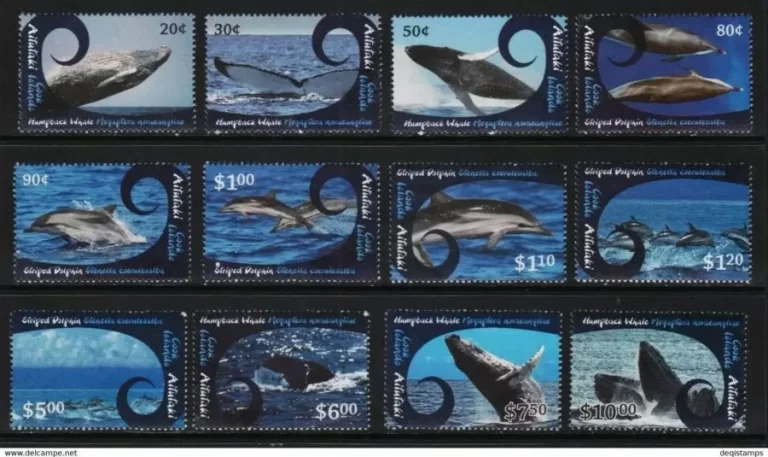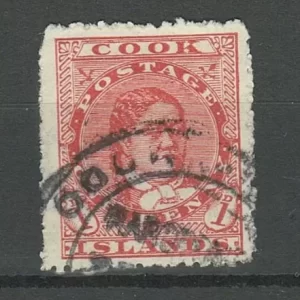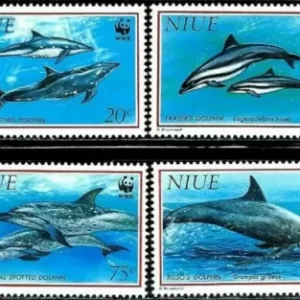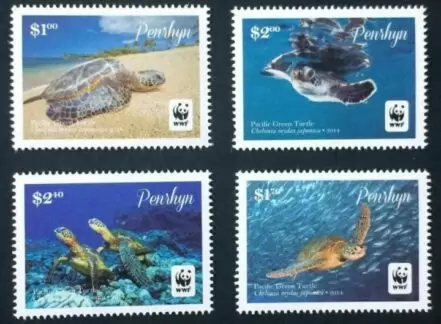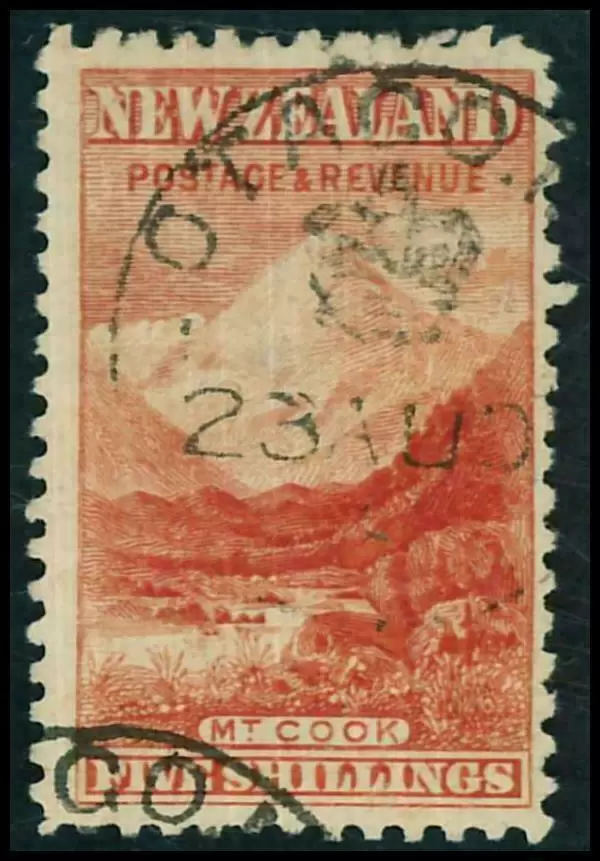Samoa and St. Lucia postage stamps year 1970 1990 Ships and Wessels
Samoa and St. Lucia both have rich histories with maritime themes on their postage stamps, especially with depictions of ships and vessels that celebrate their island cultures, trade history, and naval heritage. Here’s a quick overview of each:
Samoa
Samoan postage stamps often feature vessels significant to the island’s history and development. Early Samoan stamps, dating back to the late 19th century, sometimes depicted ships that symbolized colonial connections and maritime activity. Over the years, Samoa has issued stamps featuring:
- Traditional Polynesian outrigger canoes and sailing vessels used by early island inhabitants.
- Historic European ships that arrived during colonial periods, reflecting Samoa’s connections with countries like Germany and the United States.
- Modern vessels involved in trade, reflecting the nation’s reliance on imports and exports by sea.
These stamps typically capture the importance of seafaring in Samoan culture and showcase a variety of ships from traditional designs to modern commercial vessels.
St. Lucia
St. Lucia’s maritime history is prominently reflected on its postage stamps, often showcasing the ships and vessels associated with the island’s colonial and naval past. St. Lucia has issued stamps featuring:
- Colonial-era sailing ships, often British, as St. Lucia was a strategic naval base during the age of exploration and colonization.
- Modern and historical Caribbean vessels, including schooners and other traditional boats used in fishing and inter-island trade.
- Commemorative stamps highlighting ships associated with notable naval events or figures related to St. Lucia’s history.
St. Lucia’s stamps are known for their intricate detail, capturing the island’s strategic location in the Caribbean and its role in maritime history, with both British and French influences.

